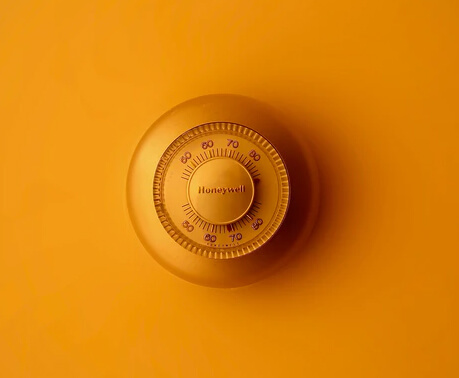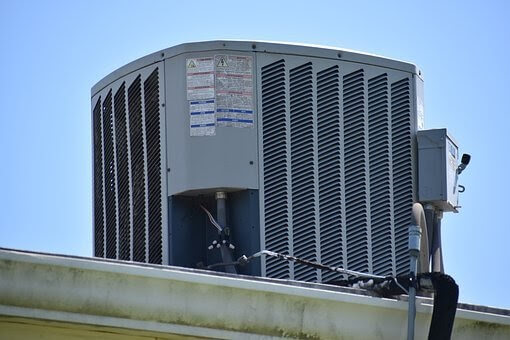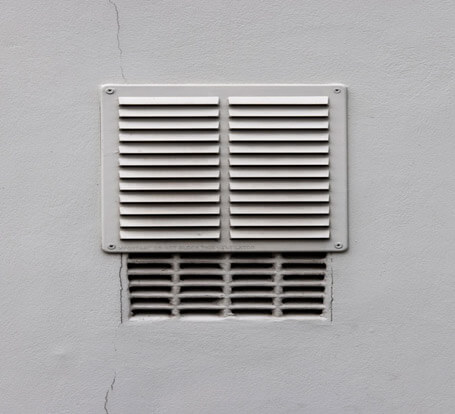
It’s not unusual for Americans to spend plenty of time indoors — especially when outdoor weather reaches uncomfortable extremes. But even staying indoors comes with certain hazards. The Environmental Protection Agency reports that indoor air pollution may be two to five times worse than outdoor air.
If you’re someone who likes to keep their home clean, you might look around and wonder where the pollution is coming from. Sources of indoor air pollutants include:
- Household chemicals and other products
- Dust
- Dust mites
- Pet dander
- Fuel-burning appliances
- Cigarette smoke
- Carbon monoxide
- Asbestos
- Bacteria and viruses
- Mold and mildew
Indoor air pollution can have a negative effect on your health. And it can be particularly harmful for people with asthma or other existing conditions. Through air purification, Denver residents can breathe easily.
Air Purification Systems
Air purifiers are devices that typically use fans to pull in air and filters to capture pollutants in that air. Clean air is then circulated throughout the room. The filters are key to the effectiveness of these systems.
Filters are typically composed of materials such as paper, mesh, or fiber. Different types of filters are compatible with different models of air purifiers. Filter types include:
- Reusable filters, which require cleaning
- Disposable filters, which require regular replacement
- UV-filers, which claim to use ultraviolet light to inactivate microorganisms
You can find air purifiers that forgo traditional filters. These are known as ionic air purifiers, and they use electrostatic to pull pollutants from the air and onto a plate. Ionic air purifiers may not be as effective as models with filters. However, instead of buying replacement filters, you simply clean the plates. It’s also worth noting that some ionic air purifiers produce ozone, which can potentially cause asthma symptoms to flare up.
Other Steps to Take
Although air purifiers are effective — especially when they’re properly maintained — you can take additional steps to reduce indoor air pollution. Use the following strategies to cut down on pollutants in your home:
Ventilate your home. You can do this by opening opposing windows to allow a breeze to blow through your living space. Obviously this isn’t a step that’s useful when it’s freezing cold or sweltering outdoors. It may also allow pollen to enter your home and irritate the lungs of anyone with seasonal allergies.
Vacuum on a regular basis. Be thorough when vacuuming carpeted areas, as carpet fibers can house lots of unwanted particles. HEPA-certified vacuums are best, but no matter what type of vacuum you use, remember to maintain its bag or collection chamber.
Wash and change your bedsheets and pillow cases regularly. Any curtains you have hanging up will also require attention. You can use a vacuum attachment to clean them, or wash them according to the manufacturer’s instructions.
Ready to improve your indoor air quality? Turn to the professionals at Go Green Heating and Air Conditioning for solutions to indoor air pollution as well as HVAC repair. Reach out today for a free quote or to schedule an appointment.




